The Museum of the History of Science Florence


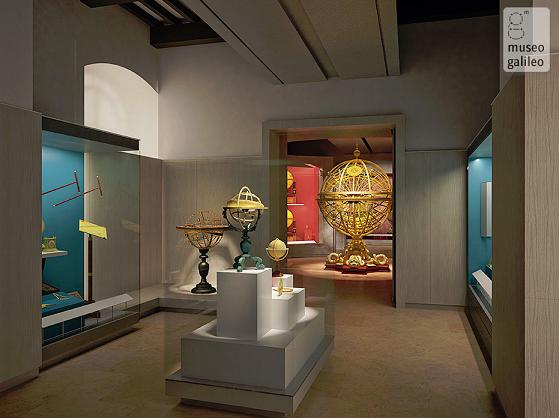





Piazza de' Giudici, 1 - 50122 Firenze
8
055-265311
The museum is just east of the Uffizi Gallery by the Arno River. It contains Galileo's early telescopes and some of his experiments into gravity etc. The Science Museum also has a great collection of old clocks, bikes, maps and even Galileo's middle finger!
Francesco and Leopoldo of Lorraine also continued this type of collecting in the eighteenth century, with the aid of qualified specialists. In particular the abate Felice Fontana (1730-1805) strengthened the Museum of Physics and Natural Sciences and its adjoining laboratory. It was from the latter that most of the instruments in the museum today originated, although the museum was then in the Pitti Palace. During the eighteenth century the instruments formerly in the Uffizi also went there.
The first floor (11 rooms) is dedicated to the medical nucleus: quadrants, astrolabus, meridianas, dials, compasses, armillary spheres, bussolas, real works of art made by the famous Tuscan and European artists. Galileo's original instruments are also on show, the thermometres belonging to the Accademia del Cimento (1657-1667), the microscopes and the meterological instruments. The second floor (10 stairs) displays a large number of equipment of great interest and beauty, mostly Lorrainese, belonging to mechanics, electrostatics, pneumatology. Other sections are set aside to mechanical clocks, sextants, octants, pharmaceutical and chemical apparatus, weights and measures. In the section dedicated to medicine there are displayed suggestaive obstetrical models in wax and terracotta, which show a real catalogue of anomolous postions of the fetus in the matrix, as well as the collection of surgical instruments of Giovanni Alessandro Brambilla.
The large covered roof-terrace on the third floor houses temporary exhibitions, congresses and international gatherings. The Institute has a large antique library for research, continually updated, and specialized in the history of Science. It carries out permanent research on the history of Science and Technology, with particular attention being paid to the recognition and cataloguing of the primary sources. It organizes exhibitions and publishes monographical works, catalogues of instruments, etc. In short it carries out an intense didactic activity, thanks also to the Planetarium fitted out on the ground floor. At the Institute and National Museum of History of Science operate a photographic laboratory and two restoration laboratories.
The holdings of the museum, consisting of scientific instruments, come in part from the collections of the Medici. Among the most interesting exhibits are 'calculators' used between the seventeenth and the nineteenth centuries and some rare instruments invented by Galileo Galilei.
Founded in 1927 at the initiative of the University of Florence, the Institute had an important role in the realisation of the First National Exhibition of History of Science (Florence, 1929).
The first exhibition rooms of the IMSS were opened to the public in 1930, in the Palazzo Castellani, which the Museum still occupies, next to the Galleria degli Uffizi. In the last few years, the IMSS has reconceived its exhibiting spaces in which it has introduced the necessary technological improvements and many innovative methods for dealing with documents and education.
The library of the IMSS has also developed radically, becoming the most important repository of books on the history of science in Italy.
The Museo Galileo is situated in Piazza dei Giudici, in the heart of Florence, near Ponte Vecchio and Piazza della Signoria.
Opening hours.
Every days: 9.30-18.00.
Tuesdays 9.30-13.00.
Closure days due to festivity: January 1 and 6, Easter, May 1, June 24, August 15, November 1, December 8, 25 and 26.
Where we are
Others Museums
Previous
Next
-
Area: Centro
-
Area: Centro storico
-
Area: Centro storico
-
Area: Centro storico
-
Area: Centro storico
-
Area: Centro storico
-
Area: Centro storico
-
Area: Centro storico
-
Area: Centro storico
-
Area: Centro storico
-
Area: Semi-Centro
-
Area: Centro storico
-
Area: Centro storico
-
Area: Centro storico
-
Area: Ponte Vecchio
-
Area: Centro storico
-
Area: Centro storico
-
Area: Semi-Centro
-
Area: Centro storico
-
Area: Centro storico
-
Area: Centro storico
-
Area: Centro storico
-
Area: Centro storico
-
Area: Centro storico
-
Area: Centro storico
-
Area: Centro storico
-
Area: Centro storico
-
Area: Centro storico
-
Area: Centro storico
-
Area: Centro storico
-
Area: Centro storico
-
Area: Centro storico
-
Area: Centro storico
-
Area: Centro storico
-
Area: Centro storico
-
Area: Centro storico
-
Area: Centro storico
-
Area: Centro storico
-
Area: Centro storico
-
Area: Centro storico
-
Area: Centro storico
-
Area: Centro storico
-
Area: Centro storico
-
Area: Centro storico
-
Area: Centro storico
-
Area: Centro storico
-
Area: Centro storico
-
Area: Centro storico
-
Area: Centro storico





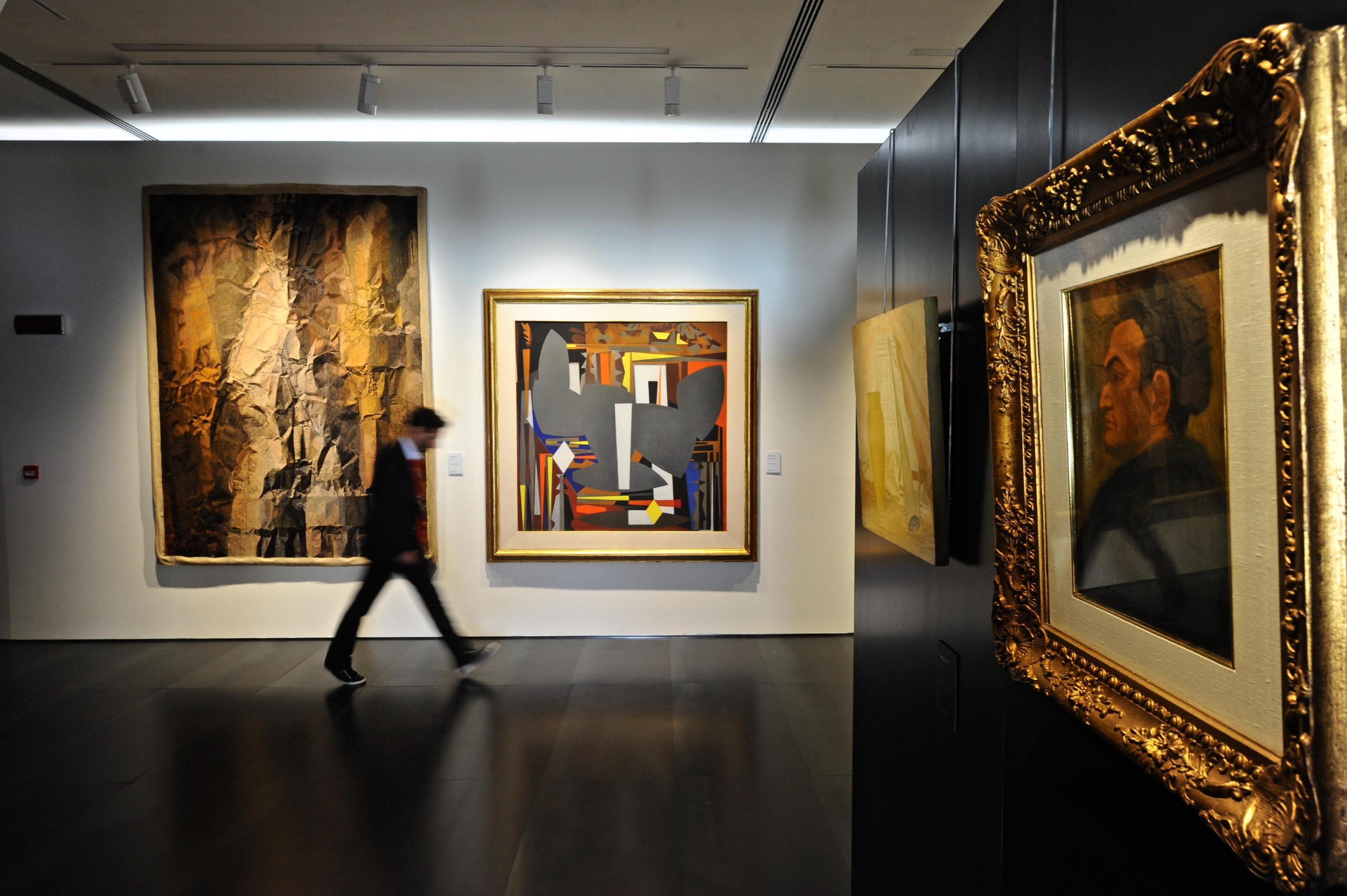


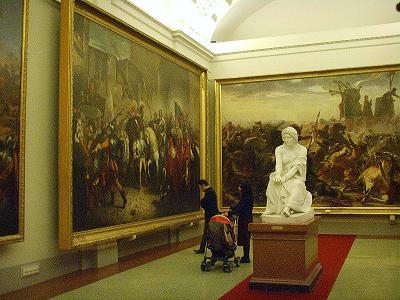
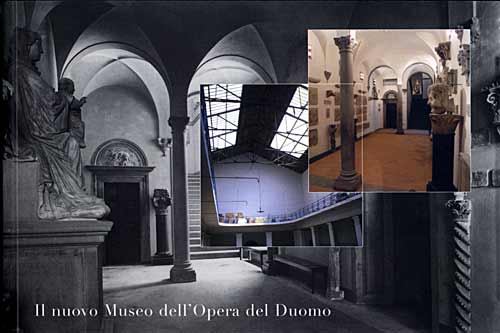
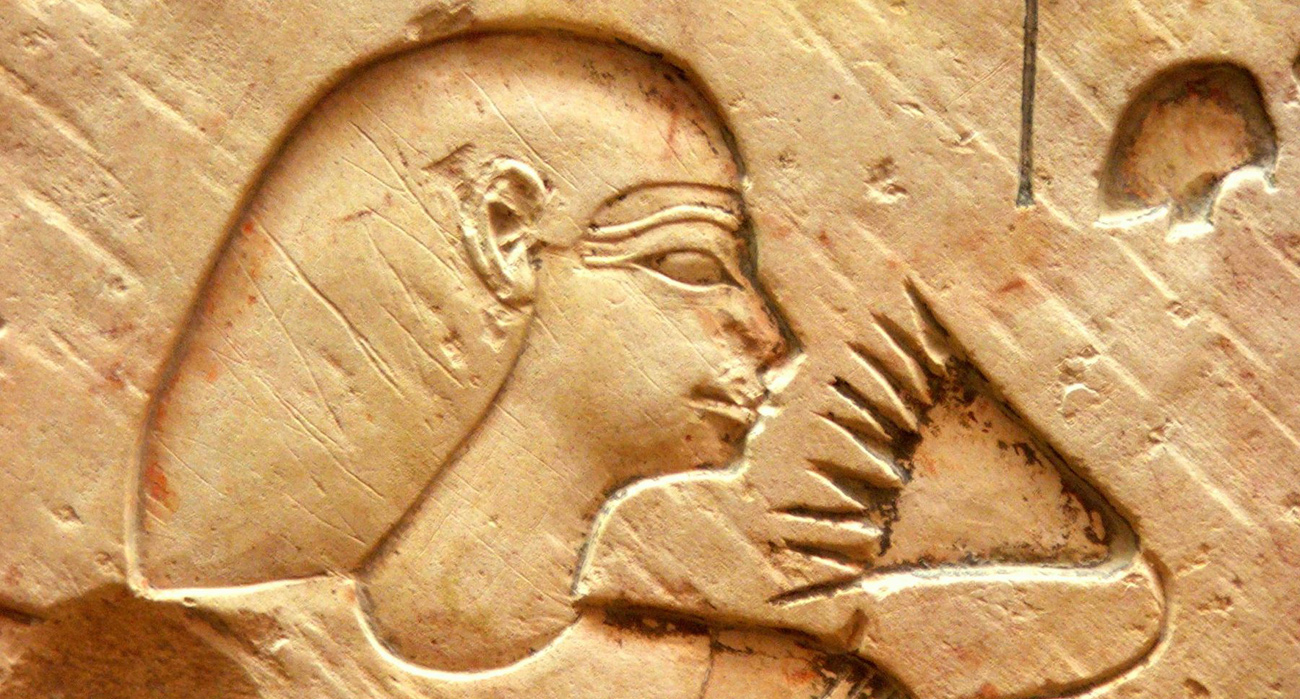
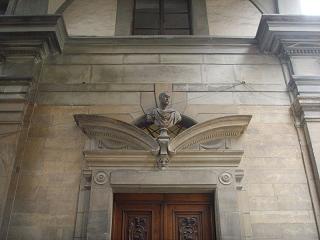
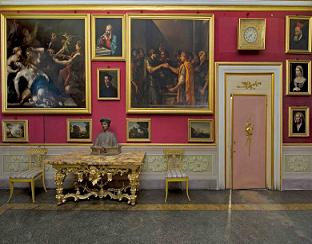
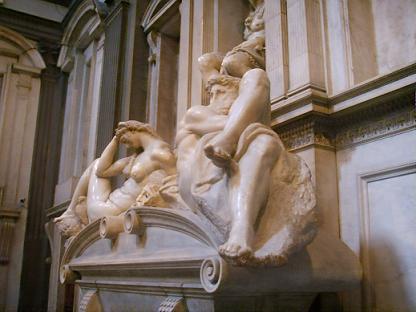
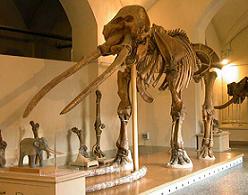

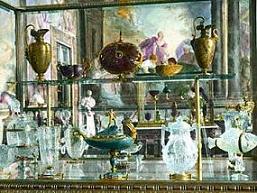
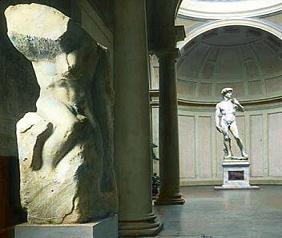
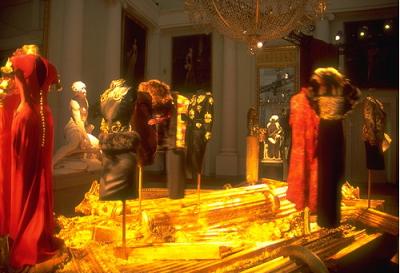

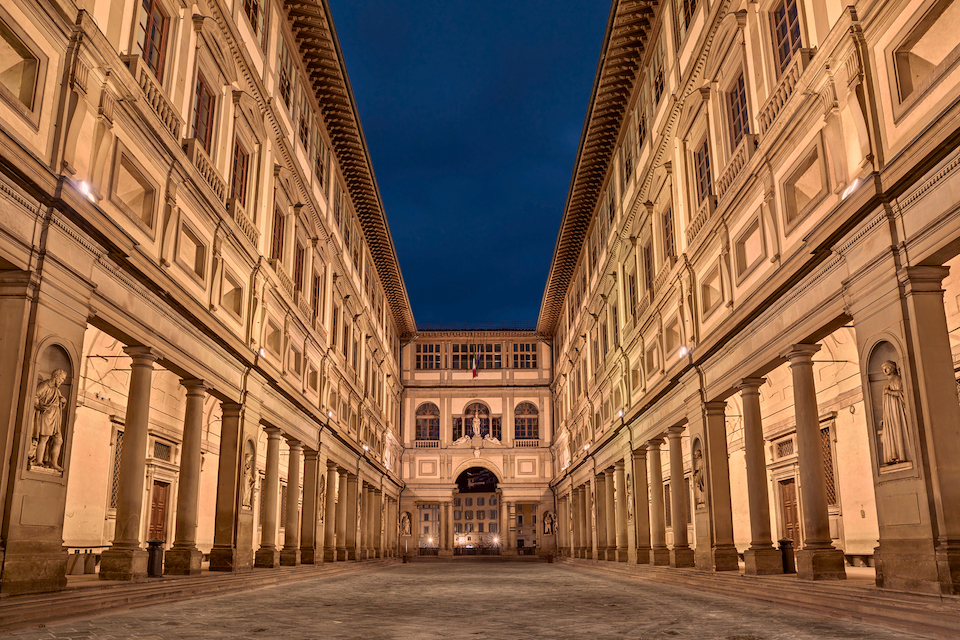
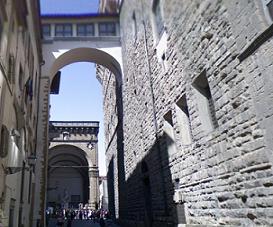
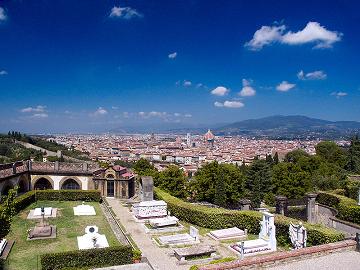
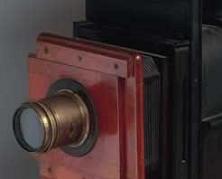
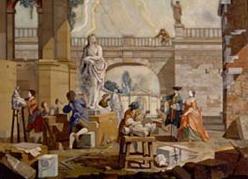
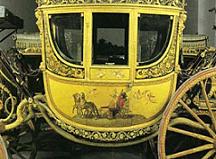

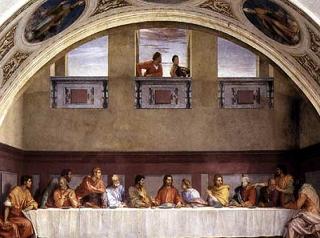
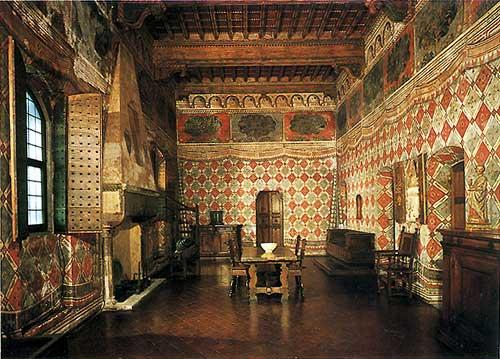
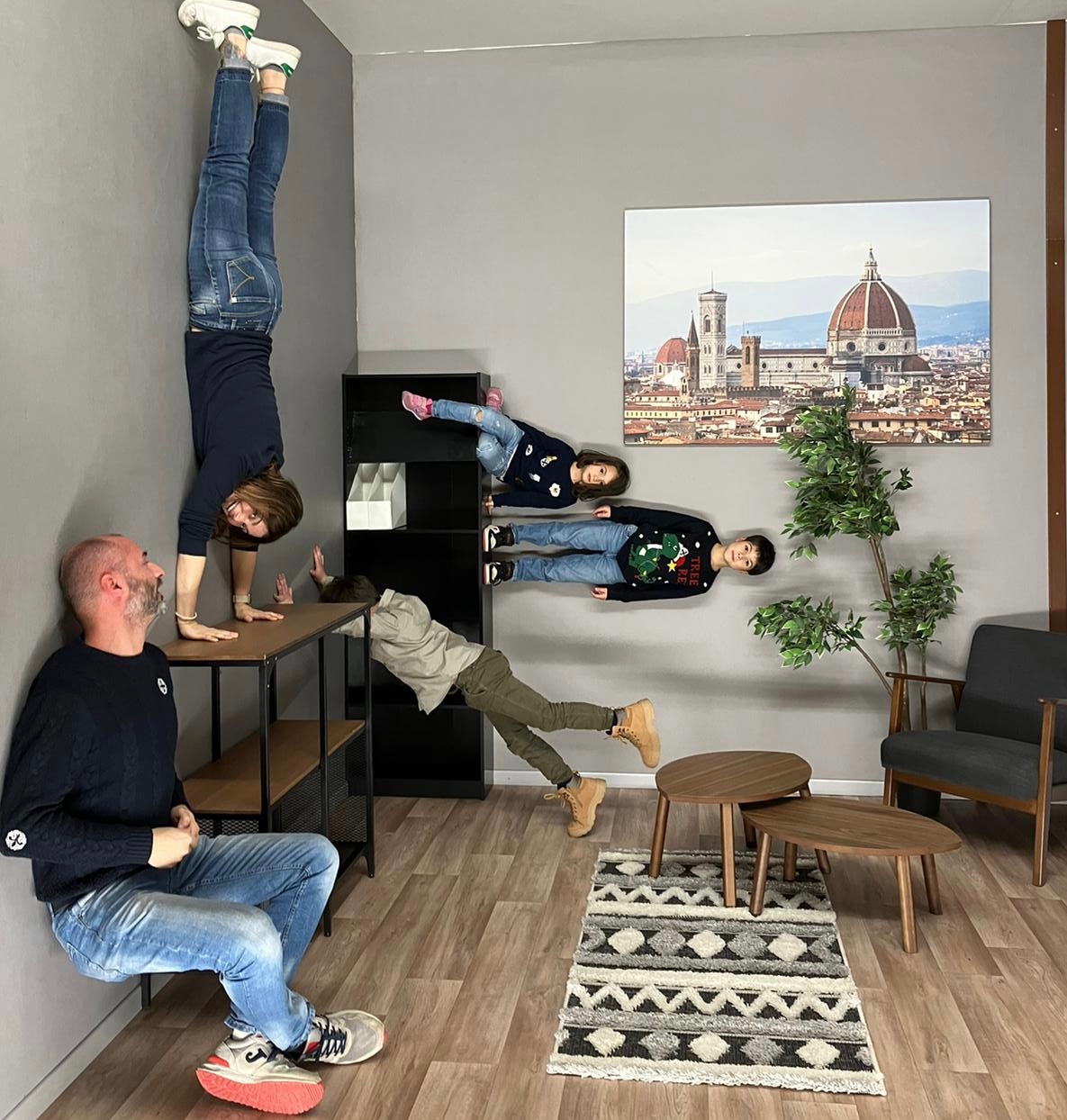

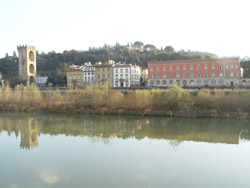
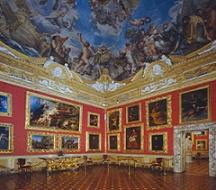
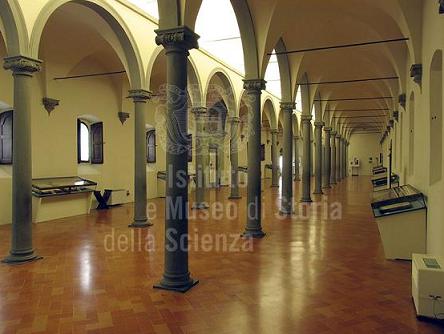
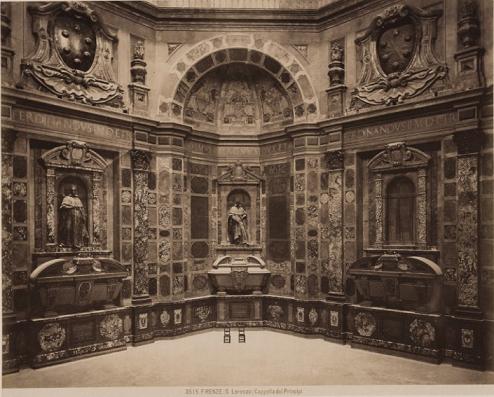
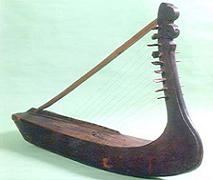
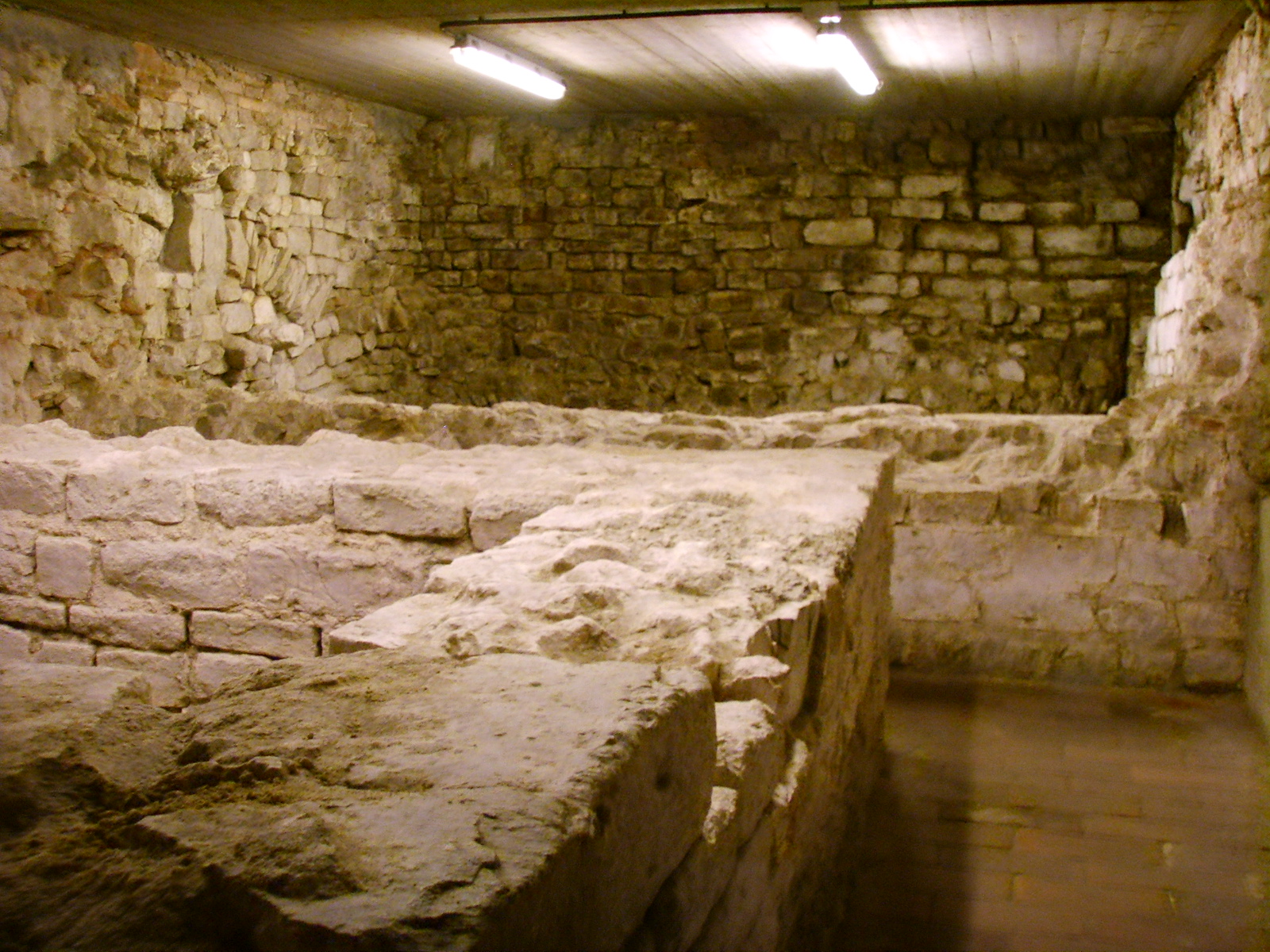
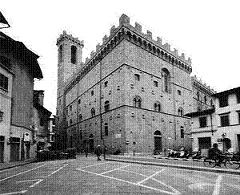
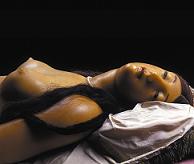
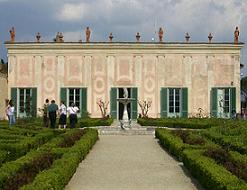
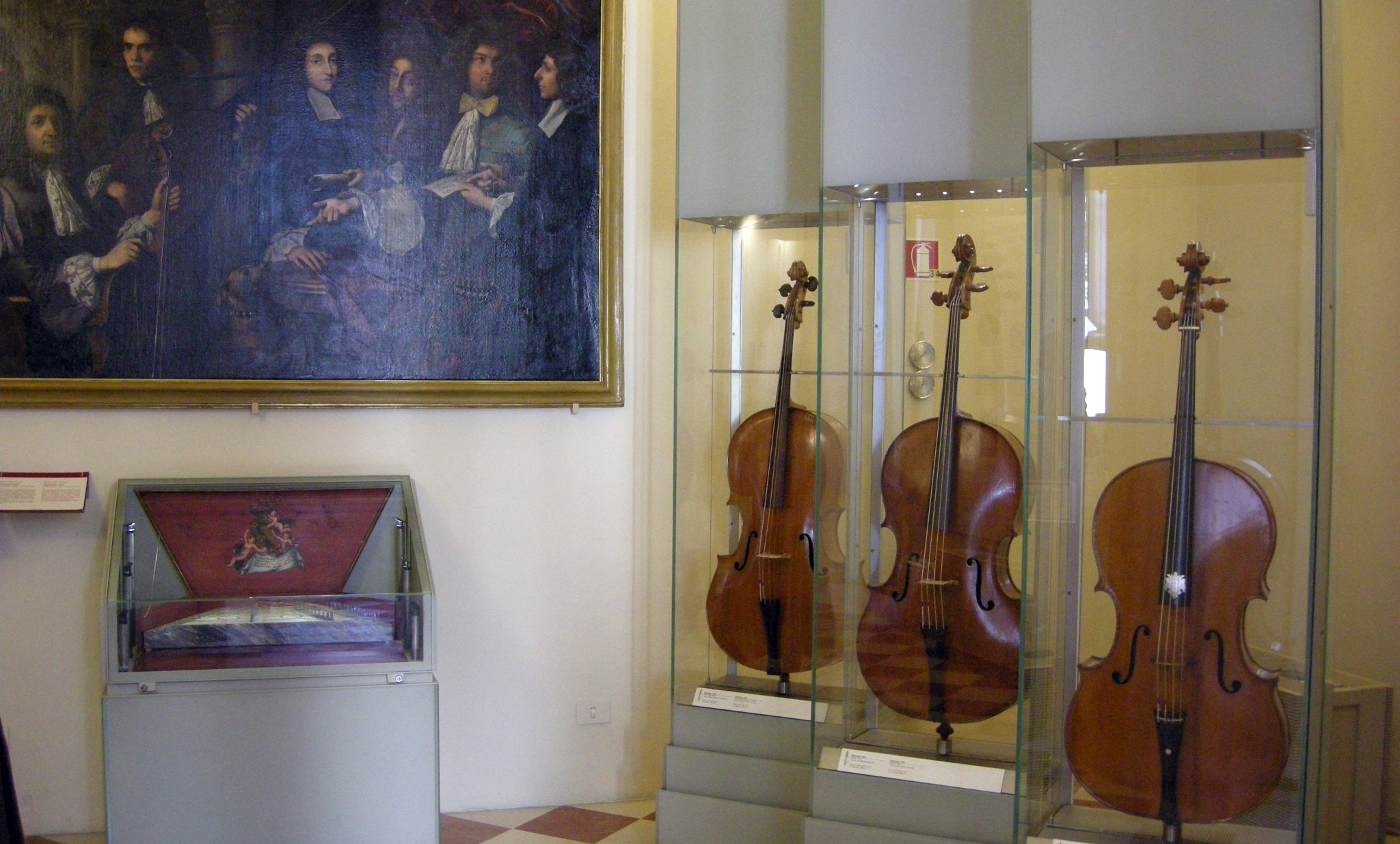
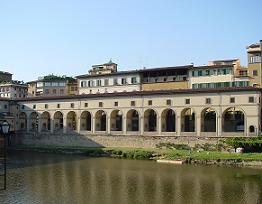
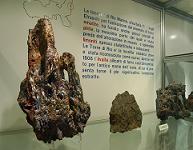
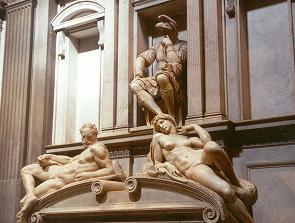
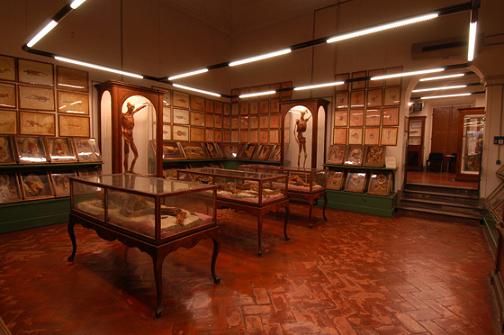
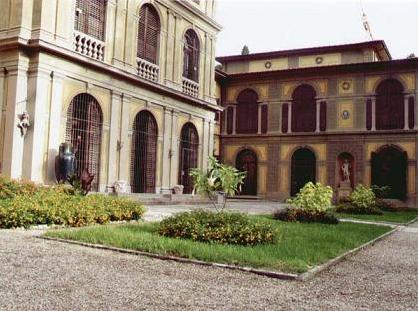
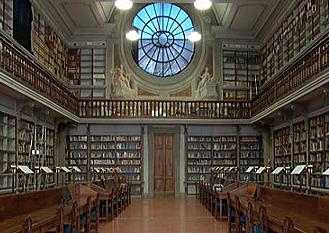
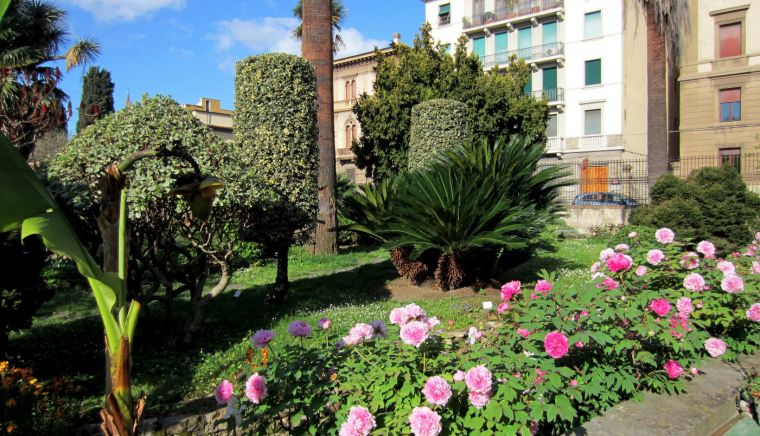
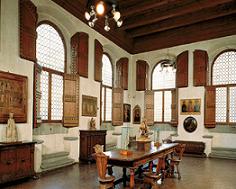
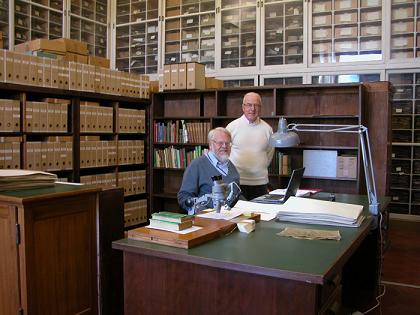

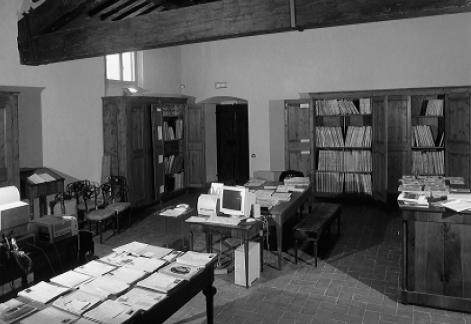
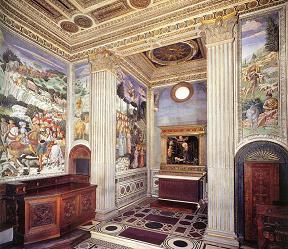
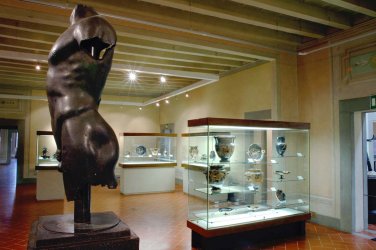
Comments